California faces $37Billion budget crisis as Gavin Newsom proposes slashing climate change programs, housing and clean energy spending for state
California Governor Gavin Newsom has proposed cuts to the state’s climate change, housing and clean energy programs to close an estimated $38 billion deficit.
The Democrat, 56, on Wednesday released details of California’s new $291 billion state spending plan for the 2024-2025 budget year.
The nonpartisan Legislative Analyst’s Office projected last month that California’s budget deficit would be $68 billion, but Newsom said it was much lower.
He proposed covering the financial shortfall by removing $13 billion from reserves, cutting $8.5 billion from programs, and shifting some spending into the future and spreading it over more years.
Newsom’s plan includes $8.5 billion in cuts, with about half of those cuts spread across various housing and climate programs. Liberals have long made climate change and housing programs part of their agenda.
California Governor Gavin Newsom has proposed cuts to the state’s climate change, housing and clean energy programs to close an estimated $38 billion deficit
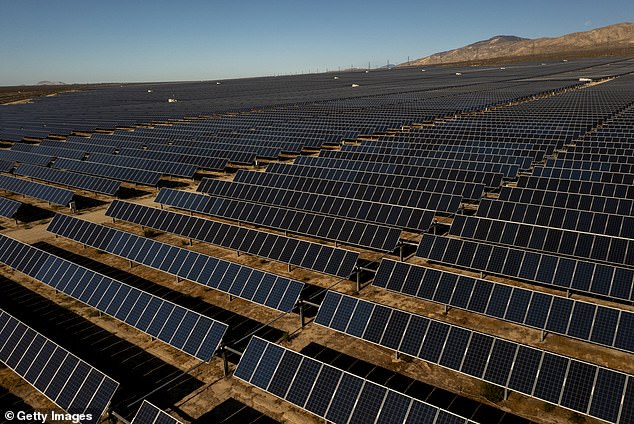
He proposed covering the financial shortfall by removing $13 billion from reserves, cutting $8.5 billion from programs, and shifting some spending into the future and spreading it over more years. Pictured: Solar panels spread across the Mojave Desert
Newsom will now spend the next six months negotiating a final plan with the Legislature, which is also controlled by his party. The budget year starts on July 1.
The decline in revenues is due to the stock market’s decline and last year’s deferred tax collection due to winter storms, the newspaper said San Francisco Chronicle.
Newsom pledged not to reverse his previous major spending commitments — including free preschool for all four-year-olds and free health insurance for all low-income adults, regardless of immigration status.
But he wants the Legislature to consider delaying a planned minimum wage increase for health care workers in years when there isn’t enough money in the budget to pay for it — something he said lawmakers agreed to in advance before he signed the law last year.
The governor did not call California’s budget deficit a “crisis.” But his plan to cover the budget deficit includes withdrawing more than $13 billion from the state’s reserves – a move that would require him to declare a “budget emergency.”
Legislative analyst Gabriel Petek said he thought Newsom’s estimates were reasonable, but added that “they are on the optimistic side of what we think is most plausible.” He added that his office is as estimated.
The remainder of the deficit will be covered by a combination of delays, deferrals, borrowing and shifting spending to other funds.
Newsom, who has been mentioned as a future presidential candidate, proposed cutting $2.9 billion from climate change spending, including $40 million from a program that helps local and regional governments combat the effects of extreme heat and 23.5 million for a pilot program to deploy zero energy. -emission trucks transporting goods from ports.
The governor also plans to defer about $600 million in spending through 2027-28 on programs to help motorists replace gasoline vehicles with hybrid and zero-emission versions.
He is pursuing a $1.4 billion plan to preserve 30 percent of the state’s land and coastal waters. However, the plan defers $200 million until 2026-2028 in rebates for homeowners who install solar panels.
The proposal maintains spending on expanded mental health care, another Newsom priority, and includes funds for well-being coaches for children and youth.
The $1.5 billion program to help counties find housing for homeless people with serious mental illness and substance abuse is being kept largely intact, but it is delaying $235 million in spending until 2025-2026.
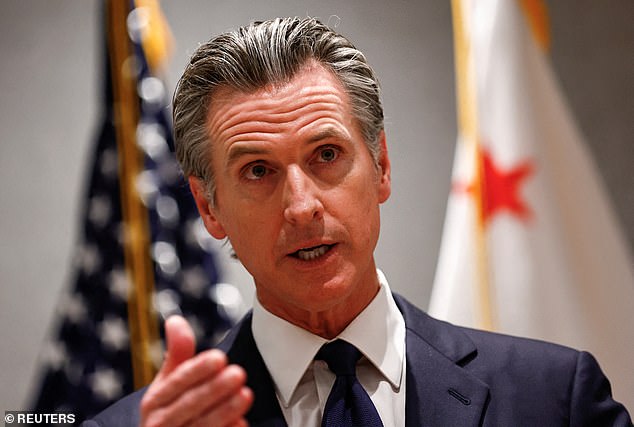
The Democrat, 56, on Wednesday released details of California’s new $291 billion state spending plan for the 2024-2025 budget year.
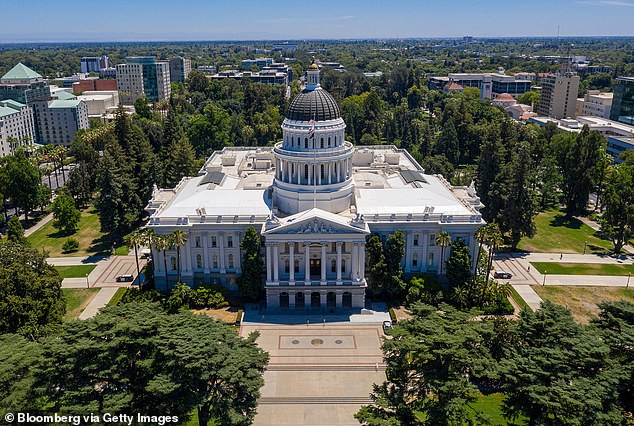
Newsom will now spend the next six months negotiating a final plan with the Legislature, which is also controlled by his party. The budget year starts on July 1
Newsom wants to spend $126.8 billion on public schools — about $2.4 billion less than last year. But the cut could have been much worse.
A voter-approved law guarantees that the state will spend a certain amount of money on public schools each year.
As a result of the state’s declining revenues, the guarantee has fallen by more than $11 billion over the past three years, according to Newsom.
But instead of cutting so much from the public education budget, Newsom is using money from a special savings account for public schools that voters approved in 2014 to make up the difference.
David Huerta, president of the Service Employees International Union California, said the union looks forward to working with Newsom and lawmakers “to ensure these much-needed workforce investments are implemented.”
“There is no deferment, there is no recovery of money that school districts have already received, and there is no cuts whatsoever to ongoing permanent programs,” said Kevin Gordon, a veteran lobbyist who represents public school districts.
“It just reaffirms the governor’s tremendous commitment to public education. There are a lot of grateful school districts today.”
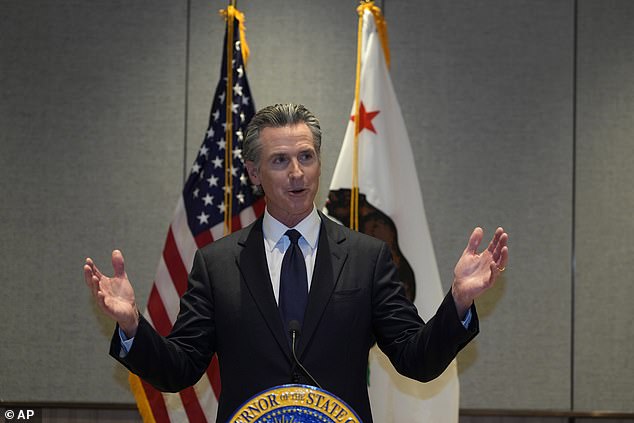
Newsom pledged not to reverse his previous major spending commitments — including free preschool for all four-year-olds and free health insurance for all low-income adults, regardless of immigration status

California experienced a population decline of more than one percent since the start of the COVID-19 pandemic, with an estimated 500,000 people leaving the state between April 2020 and July 2022.
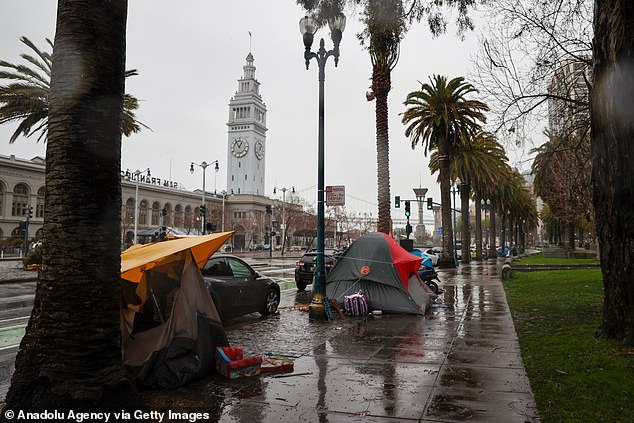
Homeless tents are seen along Embarcadero Street during heavy rains in San Francisco earlier this year
Sen. Roger Niello, a Republican who represents Fair Oaks and vice chairman of the Senate Budget Committee, said he is concerned about the amount of spending Newsom wants to defer instead of looking for more places to make cuts.
Newsom proposed deferring, but not canceling, $5.1 billion in spending for a variety of programs, including facilities for
“A real risk if we don’t develop a sustainable spending plan is that the budget will make commitments that it may not be able to meet if we have serious persistent deficits,” he said.
California has suffered tax losses as residents and businesses flee the state.
It was the state that lost the most residents in 2022 with a net loss of 341,866 people.
Residents have pointed to high taxes, high rents, high costs of living and lax policies that have led to an increase in crime.
While companies have left California due to high taxes, heavy regulations and other business costs.
